Introduction to Semi-Trailers: What You Need to Know
Semi-trailers serve as the backbone of the freight transport industry, designed primarily to carry goods efficiently and securely. Unlike full trailers, semi-trailers are uniquely engineered, relying on a tractor unit for support at the front, which allows for greater mobility and versatility on the road. Whether you are in logistics, shipping, or manufacturing, understanding the nuances of semi-trailers can drastically enhance operational efficiency.
The Importance of Semi-Trailer Specifications
A comprehensive grasp of semi-trailer specifications can be invaluable for businesses that rely on transportation for their products. Key factors include:
| Specification | Description |
|---|---|
| Load Capacity | Maximum weight the trailer can carry, typically ranging from 30,000 to 45,000 pounds. |
| Dimensions | Standard length ranges from 28 to 53 feet; width is typically 102 inches. |
| Type of Axles | Number of axles affects load distribution and stability. Most commonly features 2 to 5 axles. |
| Material Composition | Aluminum, steel, or composite materials influence weight and durability. |
| Brake Systems | Choices between air brakes and electric brakes based on load requirements. |

Selecting the Right Semi-Trailer for Your Needs
When it comes to selecting the right semi-trailer, various factors warrant exploration. What specific requirements do your operations demand? Which type of cargo will you be handling? Understanding these elements can lead to an informed decision.
Types of Semi-Trailers
Flatbed Trailers: Ideal for oversized cargo that can’t be easily enclosed, these trailers feature no sides or roof.
Reefer Trailers: Equipped with refrigeration units, these trailers maintain temperature-sensitive goods such as perishables.
Curtain Side Trailers: Versatile and easy to load/unload; these are synonymous with shipping operations demanding frequent access.
Tank Trailers: Specifically designed for transporting liquids or gases, their design is meticulously engineered for safety.
Lowboy Trailers: Best suited for transporting heavy, wide loads, including construction equipment.
Key Considerations When Choosing Semi-Trailers
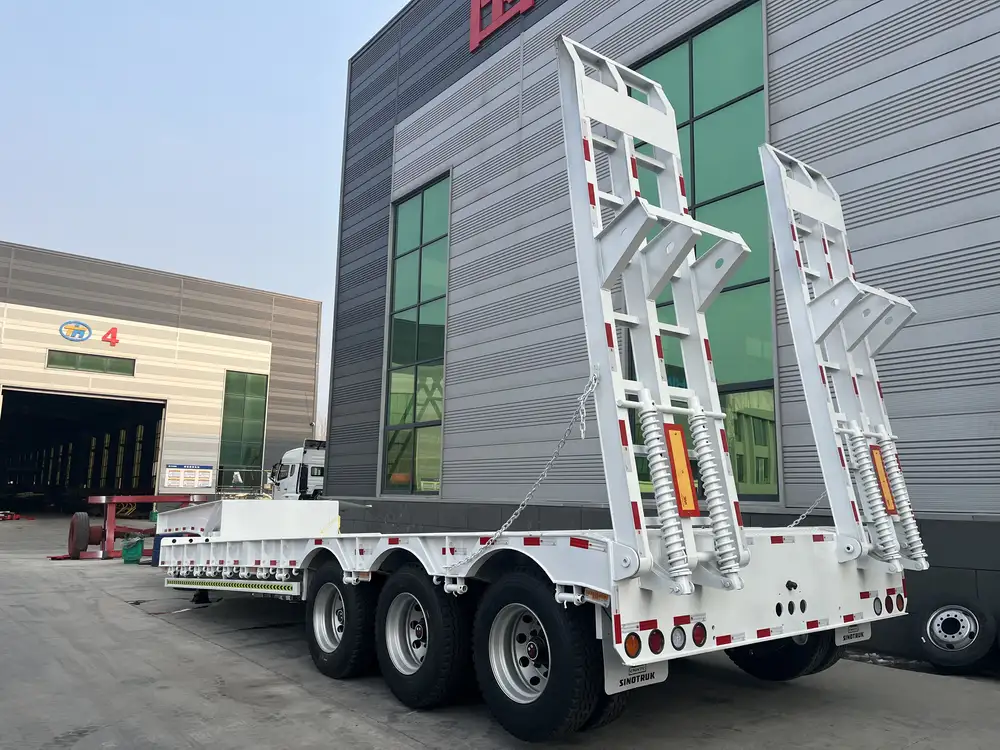
Budget Constraints
When making your selection, consider upfront costs versus long-term investment. While cheaper options may save money initially, investing in quality can save substantial costs down the road with fewer repairs and longer service life.
Regulatory Compliance
Understanding regional and national regulations is crucial. For instance, semi-trailers must adhere to the Federal Motor Carrier Safety Administration (FMCSA) guidelines in the U.S. Ensure that your chosen semi-trailer complies with weight limits, dimensions, and safety features.
Maintenance and Repair
Considering the maintenance requirements of different semi-trailer types can significantly affect your operational costs. Regular maintenance keeps the trailer in optimal condition and prolongs its lifespan, ensuring you’re not sidelined with unexpected breakdowns.

Performance Analytics: Is Your Semi-Trailer Holding Up?
Metrics That Matter
Evaluating your semi-trailer’s performance can yield insights into operational efficiency. Key performance indicators (KPIs) include:
| Metric | Description |
|---|---|
| Fuel Efficiency | Measures how much fuel is consumed based on load weight and distance. |
| Turnaround Time | Time taken for the trailer to be loaded, transport cargo, and return. |
| Maintenance Downtime | Duration the trailer is out of service due to repairs. |
Understanding these metrics will help refine your logistics strategy, ensuring the smooth transport of goods.
Innovations in Semi-Trailer Technology
As industries evolve, so too do the technologies behind semi-trailers. The introduction of advanced materials, smart technology, and better aerodynamics are transforming the landscape.
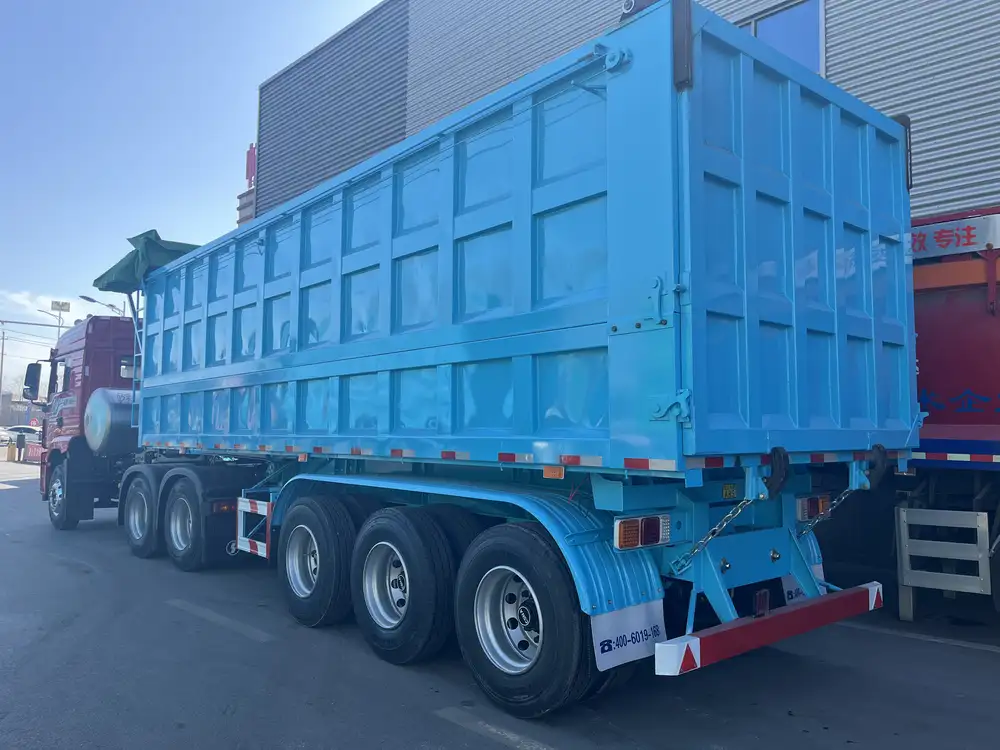
Trends Shaping the Future of Semi-Trailers
Smart Trailers: Equipped with telematics systems, these trailers provide real-time monitoring of both operational metrics and cargo conditions. This optimization aims to mitigate theft and enhance trailer utilization.
Eco-Friendly Materials: The movement towards sustainability is driving manufacturers to produce trailers out of lighter, recyclable materials, which can lead to lower fuel consumption.
Advanced Braking Systems: Innovations such as anti-lock braking systems (ABS) and electronic stability control (ESC) are becoming standard, enhancing safety on the road.
The Semi-Trailer Lifecycle: From Purchase to Disposal
Understanding the lifecycle of semi-trailers can instill confidence in your investment decisions.
1. Purchasing
Investigate suppliers, consider warranties, and assess financing options. Never underestimate the importance of choosing a reputable manufacturer.
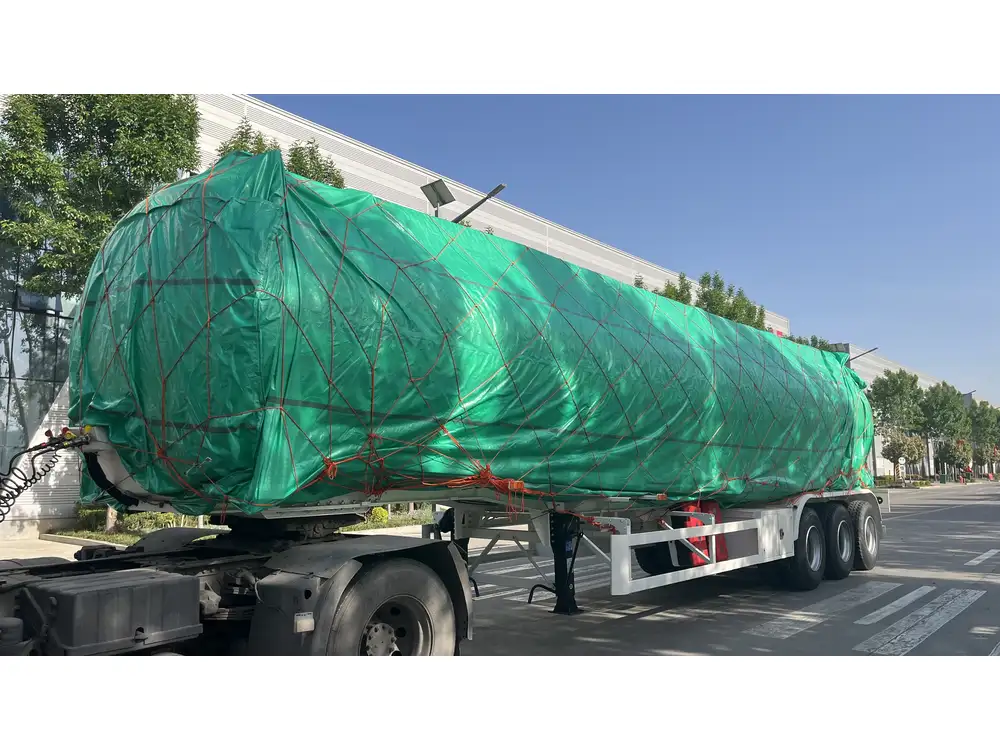
2. Maintenance and Servicing
Adhering to a strict preventive maintenance schedule can ward off substantial repair costs and ensure longevity.
3. Resale
At the end of its useful life, understanding market demand for used semi-trailers can allow for profitable resale opportunities.
4. Disposal
Sustainable disposal practices, including recycling metal and reusing parts, align with growing environmental concerns while ensuring compliance with regulations.
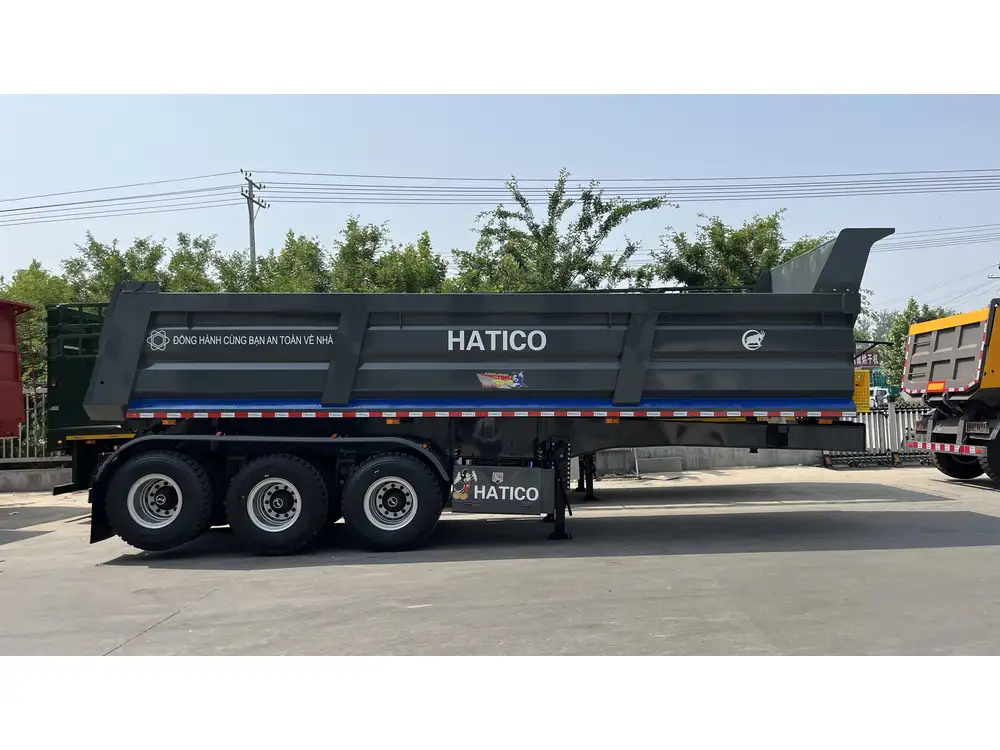
Confronting Challenges in the Semi-Trailer Industry
While semi-trailers are crucial to trade, they face challenges that manufacturers and operators must navigate.
1. Regulatory Changes
The transportation industry faces a constantly shifting landscape of regulations. Keeping abreast of changes in safety standards, environmental laws, and weights and measures legislation can mitigate compliance risks.
2. Market Variability
Economic shifts drastically affect freight demand. Understanding market trends enables businesses to adjust their fleet size according to demand.
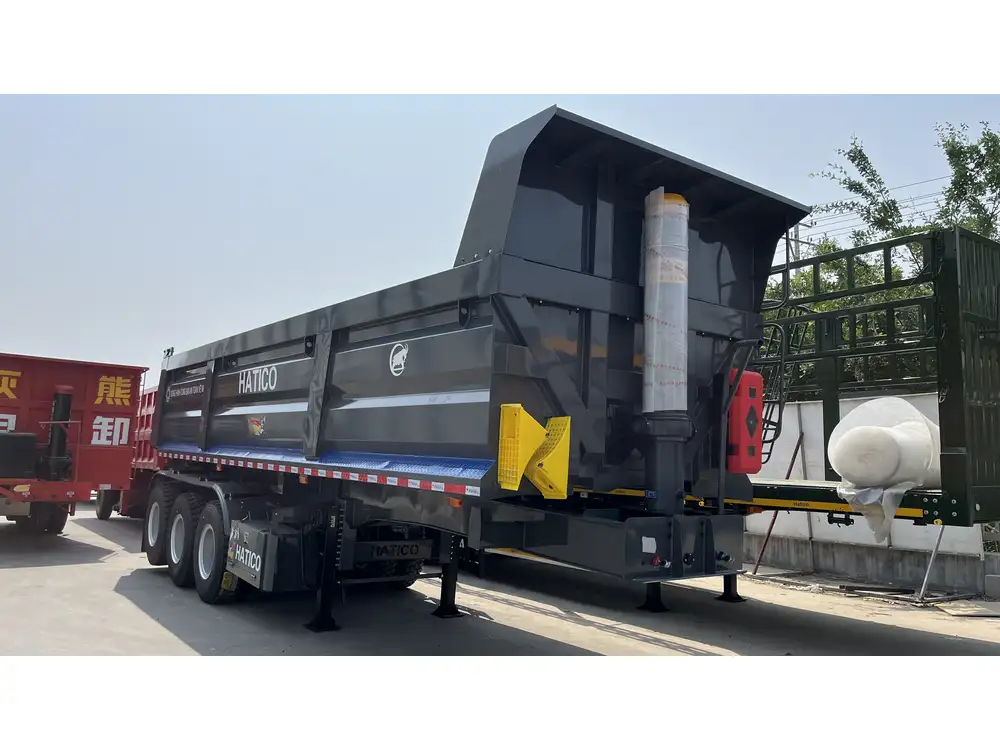
3. Rising Fuel Costs
As fuel costs fluctuate, adopting fuel efficiency strategies, such as route optimization and lighter trailers, can result in significant long-term savings.
Conclusion: Strategizing for Success in the Semi-Trailer Sector
In conclusion, the semi-trailer industry presents vast opportunities for those willing to invest in knowledge and understanding. By analyzing specifications, understanding performance metrics, exploring technological advancements, and navigating the semi-trailer lifecycle wisely, businesses can ensure they maintain a competitive edge.
Investing time in understanding your needs, challenges, and available technology will clearly dictate success in an industry that demands efficiency and reliability. Therefore, armed with the right insights, you will emerge as a knowledgeable decision-maker in the multifaceted world of semi-trailers.
While the semi-trailer landscape is rife with challenges, it also holds exceptional potential for those prepared to tackle them head-on. Whether you are looking to optimize operations or expand your fleet capabilities, this comprehensive guide serves as your starting point on the journey to mastering semi-trailer dynamics.



